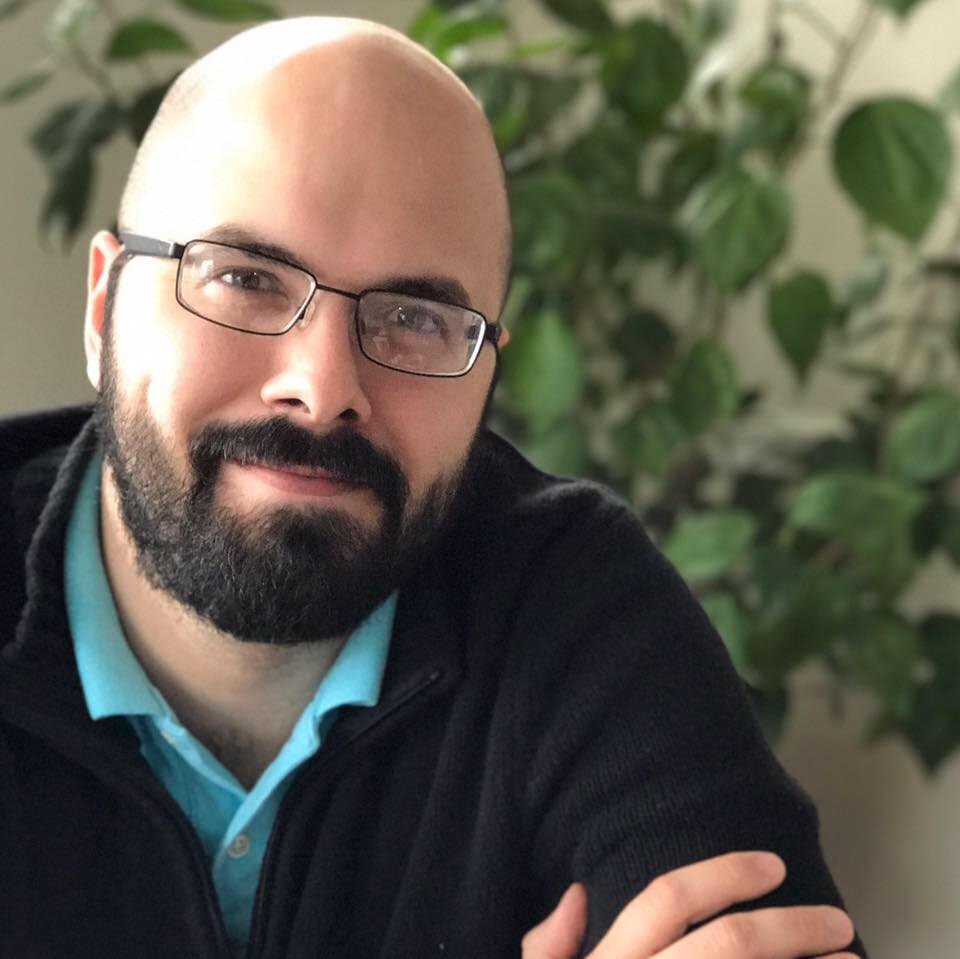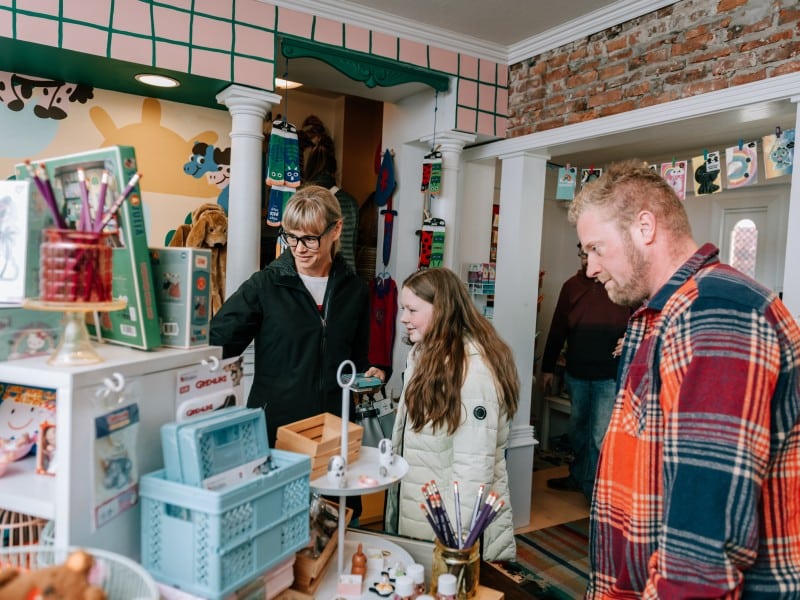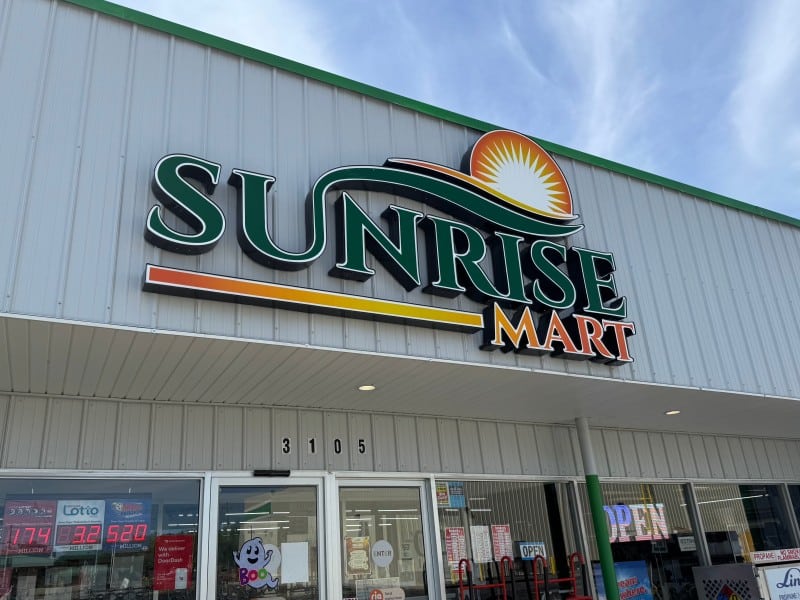How one Fort Wayne nonprofit is putting impact investing into practice
“We took that first step to rethink our systems, and we ended up developing a game-changing way to vastly improve our organization.”

Innovation is remarkably difficult. For anyone who has started *anything*, one of the first things you’ll hear is, “If it was that good of an idea, someone would have done it already.”
This paradigm has been imprinted on us, so when a really great idea hits us in the shower, we let it go down the drain. We move on with getting the kids dressed and eating a bowl of cereal.
We don’t want to experience the internal and external (society, family, and friends) pressure of talking about how something fell apart. And sometimes, we feel as though we cannot afford to take the risk.
But without risk, and calculated risk at that, growth does not occur. You have to be willing to try something new or in different ways if you want to succeed. So here’s something we’re doing at CASS Housing that we believe could revolutionize the nonprofit space.
Impact investing is a term that is starting to come to the Midwest, largely thanks to thought leaders like Kristin Giant of Hyper Local Impact. Without getting too deep into the weeds, impact investment is a way for investors to do well by doing good (so they have more capacity for impact), rather than making a one-time gift, which yields a -100 percent return on investment to the donor. (If you want to learn more about what goes into impact investing, read this previous article by Input Fort Wayne.)
While impact investing is a term you might not be familiar with yet, and while it may sound too good to be true, let me tell how it’s playing out for us at CASS.
We offer supports and programs that assist people with developmental disabilities, helping them lead lives as independently as possible. Our custom homes are a major part of that program, and buildings are quite expensive nowadays. If we simply waited until we had enough funds available to pay off our houses, we would never be able to move quickly enough to serve people. In other words, we needed to take on some debt.
Now, if we were solely using a traditional mortgage instrument, we’d pay quite a bit in interest. However, by using impact investment as a tool, we are able to partner with our families and community members to become debt holders (not shareholders) of our projects. Instead of asking a family, business, or foundation for a $10,000 donation, perhaps a $25,000 loan at 2 percent interest is possible.
This allows our partners to put their money to work; it gives us access to low-cost capital; and it allows us to build the homes that our clients desperately need.
So why am I telling you this story? It has taken us more than a year to figure out how this was all going to play out for us and our debt holders. Team meetings, possible investor meetings, board meetings, and attorney meetings all needed to take place before the concept went public. Spreadsheets with errors and first draft documents were distributed. Hundreds of emails have been exchanged with five drafts of the promissory note being adapted.
The point is: We didn’t know exactly what we were doing when we started impact investing. But we took that first step to rethink our systems, and we ended up developing a game-changing way to vastly improve our organization.
For us, impact investing doesn’t eliminate the need for traditional philanthropy, but it does allow us to move faster and build more homes.
As I have shared previously, the world is a different place because of COVID-19. To successfully carry out their missions, nonprofits must become centers of innovation rather than reactors to society and the markets.
For us, that means impact investing. What does it mean for you?
Don’t let your ideas die in the shower.
This blog is part of an ongoing, weekly series in Input Fort Wayne, following local small business owners and nonprofit leaders as they navigate the COVID-19 pandemic. Read David’s previous blog here.










